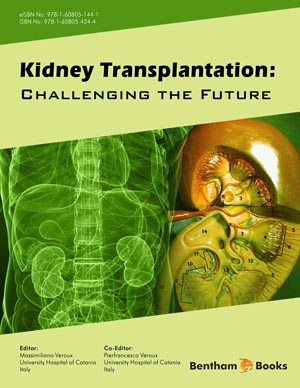Abstract
In an effort to reduce the long-term toxicities of immunosuppressant drugs, corticosteroid and calcineurin inhibitor-sparing immunosuppression protocols have become increasingly popular in managing kidney transplant recipients. The use of induction antibody therapy and potent residual immunosuppressants have increased the safety of steroid-free regimens, resulting in a paradigm shift towards earlier elimination of steroids after kidney transplantation. However, even in the modern era, results of randomized trials generally indicate that steroid elimination increases the risk of rejection compared to maintenance steroid therapy. Among calcineurin inhibitor-sparing strategies, withdrawal of these agents after their initial use in stable patients, or conversion to either mycophenolate mofetil or sirolimus in patients with renal dysfunction appears to yield the greatest benefit in preserving renal function. The outcomes of calcineurin inhibitor avoidance protocols have been mixed but have fallen into disfavor. The benefits of minimizing immunosuppression in kidney transplant recipients must be weighed against the risks of precipitating acute rejection or chronic allograft dysfunction. Additional research is needed to identify clinical and immune parameters that will enable selection of patients for whom the benefits outweigh the risks. In addition, the transplant community is in need of newer agents that can potently prevent rejection without the need for corticosteroids or calcineurin inhibitors.
Keywords: Immunosuppression, Corticosteroids, Calcineurin Inhibitors, Tacrolimus, Cyclosporine, Sirolimus, Everolimus, Calcineurin-Free Protocols, Tolerance, Mycophenolate Mofetil.






















